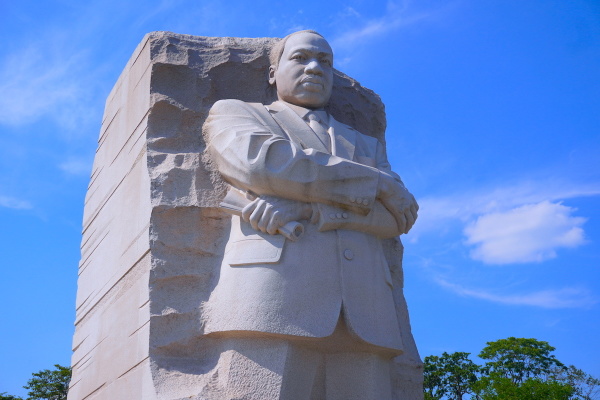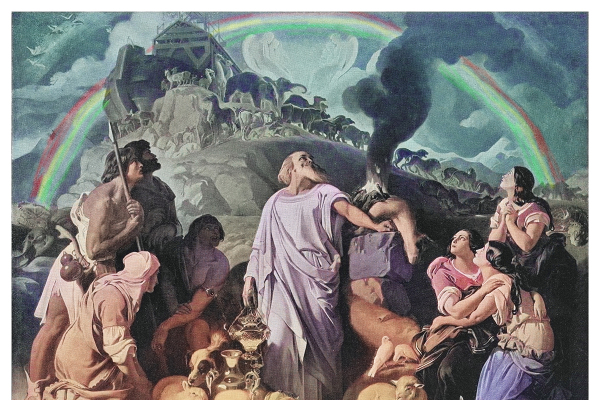When Jesus failed to heal

It’s an episode in Jesus’ biography that causes some of the top theologians to shrug their shoulders and admit they don’t know what happened.
For example, Baker’s New Testament Commentary series by Hendriksen & Kistemaker (one of the best available) says the reason for what occurred “has not been revealed to us.” The Expositor's Bible Commentary — another excellent work — basically says the same thing.
John Calvin suggests Jesus acted as He did, “…most probably for the purpose of proving … that he had full liberty as to his method of proceeding, and was not restricted to a fixed rule, so as not to resort to a variety of methods in exercising His power.”
So, what part of the Gospels am I talking about? You can read about the encounter for yourself in Mark 8:22-26. After studying it, the question you’ll walk away with is: why does Jesus fail to fully heal the blind man brought to him in Bethsaida the first time around?
It’s a head-scratcher for sure.
Some modern-day faith healers use the account to justify their failures and have people return multiple times to them for healing. Others point to it and question just how much “God” the God-Man Jesus had in Him.
Let’s take a look at what happened and see if we can figure it out.
Just how blind are you?
Here’s the passage in question:
And they came to Bethsaida. And they brought a blind man to Jesus and implored Him to touch him. Taking the blind man by the hand, He brought him out of the village; and after spitting on his eyes and laying His hands on him, He asked him, “Do you see anything?” And he looked up and said, “I see men, for I see them like trees, walking around.” Then again He laid His hands on his eyes; and he looked intently and was restored, and began to see everything clearly. And He sent him to his home, saying, “Do not even enter the village” (Mark 8:22–26).
You have to admit, the whole thing seems odd.
Every other time Jesus performed a healing, it was complete and instantaneous. Further, why does He ask the man if the healing act worked? Wouldn’t the omniscient Son of God know?
More than a couple of commentators take the position that the blind man had feeble faith and thus needed to grow in his trust as his healing grew. For example, the British minister Matthew Henry suggests in his commentary that Jesus’ miracle took two attempts, “Because it should be to the patient according to his faith; and perhaps this man’s faith was at first very weak, but afterward gathered strength, and accordingly his cure was.”
While that’s possible, let me propose a different reason for the only two-stage miracle of Jesus recorded in Scripture.
First, remember that part of the science of biblical interpretation (hermeneutics) involves looking at the context and background of the text. The biblical authors, through the Spirit’s inspiration, many times arrange their content in a way where a portion of the text builds upon or is used to expound upon something that came previously. I think that’s the case here.
In the verses right before the Bethsaida miracle, we have Jesus rebuking His disciples for not understanding what He’s saying or who He is: “Why are you discussing the fact that you have no bread? Do you not yet perceive or understand? Are your hearts hardened? Having eyes do you not see…?” (Mark 8:17–18).
And next up, comes a story of a blind man who can’t see. Coincidence? I doubt it.
Further, it’s important to note that sight was a widely used metaphor for understanding, which was a constant struggle for the disciples. I think it’ reasonable to conclude there’s a comparison between the blind man and the disciples being made in the passage.
Notice that Jesus first “brought him out of the village”, indicating the coming miracle wasn’t one Christ was using apologetically to publicly showcase His Messiahship, but rather it was a private teaching moment for the disciples.
The state of the man at the beginning is the exact same as when the disciples first met Christ — both were blind, one physically, the others spiritually to who Christ was. Jesus’ first healing application brought the blind man to a state where he “saw” exactly how the disciples were currently “seeing” Christ.
Jesus' first “touch” where the disciples were concerned had gotten them to the point where they partially knew Him, but not fully, as evidenced many times in the Gospels. Like the partly healed blind man, they saw Jesus “like trees, walking around.”
Jesus’ unusual question to the blind man, “Do you see anything?” maps perfectly to His previous question to the disciples a few verses earlier, “Do you not yet perceive or understand?”
Finally, just as Christ touches the blind man a second time to cure him completely of his sight problem, He will “touch” the disciples a second time in the future (through His resurrection and the Holy Spirit’s coming) to get them to the place where they really know Him. Then, they’ll assertively stand before the flustered leadership of Israel who “observed the confidence of Peter and John and understood that they were uneducated and untrained men, [and] they were amazed, and began to recognize them as having been with Jesus” (Acts 4:13).
For sure, they were “seeing” perfectly then.
A lot of us today have knowledge of Jesus where we see Him “like trees” and consequently suffer from fear, doubt, worry, and other negative issues. If that’s you, I encourage you to re-read the Gospels and ask God to touch you again so you can see the Son of God for who He really is.
Robin Schumacher is an accomplished software executive and Christian apologist who has written many articles, authored and contributed to several Christian books, appeared on nationally syndicated radio programs, and presented at apologetic events. He holds a BS in Business, Master's in Christian apologetics and a Ph.D. in New Testament. His latest book is, A Confident Faith: Winning people to Christ with the apologetics of the Apostle Paul.





















